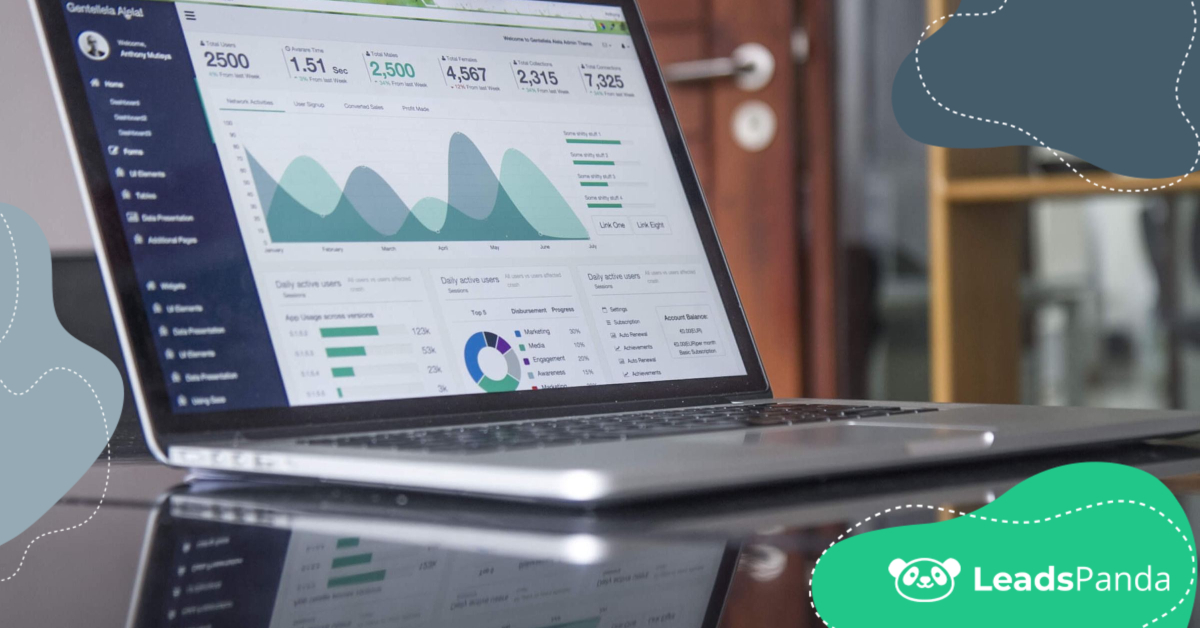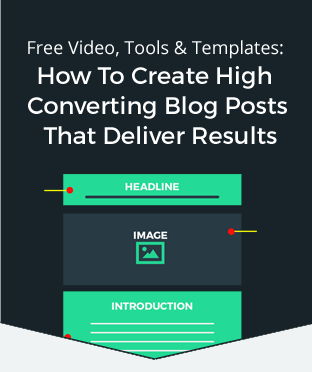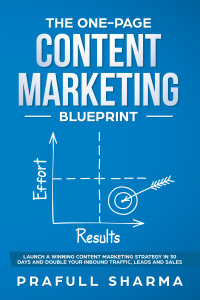5 Ways to Get to Know Your Audience For Better Engagement
Time and again, we talk about how e-commerce marketers should really focus on getting to know their audience to ensure that they are able to deliver relevant content.
But how can a business get to know their audience exactly? How can they learn about the demographic that responds best to what they have to offer as a product or service? How does a company learn about the online behavior of their visitors and purchasing habits?
Take a look at our best tips to get to know your audience to improve engagement and conversions–
1. Identify your audience in the context of your business
Before you even do anything, pause and find out who you’re trying to communicate with. Don’t rush through this because it will ultimately carve out how well you will be able to communicate and achieve your objectives.
Be as specific as possible. Do you want to reach upper middle class, single women in the city who love shopping and fashion? Or are you targeting suburban mothers who are trying to juggle a career and home life? Who is the ideal customer for your product or service?
Once you have a persona in mind, it will be so much easier to identify groups and communities that you want to reach so you can further support your research.
2. Learn your basic demographics
The great thing about technology is that we now have access to research that will break down key demographic data of people we want to learn more about. Research companies like Pew Research Center’s Internet & American Life Project are known for conducting surveys of social media users in the US and is a good resource. ComScore’s Data Mine is a great resource as well, as are eMarketer and Nielsen, which frequently release social media demographics reports.
3. Do keyword research
Did you know that keyword research also happens to be one of the more effective ways to get insight into your audience’s psyche? Their frequently searched keywords and phrases gives you a clear glimpse into what your audience is looking for—from general search terms to specific brands, products they want to try, events they want to attend, and locations they usually spend time in. This will ultimately allow you to create blog content that’s searchable and relevant to what your audience is looking for.
If you want to dip your toe in the world of keyword tracking, there are a lot of tools available online. Social Mention, SocialPing, Topsy Analytics, for instance, all offer free tools and access to basic features. These platforms will also likely offer a free trial period before you have to upgrade to paid plans–so be sure to try out first and see how useful each one is for you.
4. Conduct surveys
It seems so obvious but sometimes, the best and easiest way to learn about your audience is by going to them directly. You can use surveys that will help you understand the opinions and thoughts of your target audience.
The best way to go about this is by having the survey on your website and asking key questions that you think will provide insight into your users purchasing habits.
5. Listen to the social media buzz
Social media is ripe with information and insight, if you know where to look.
The problem with social media is that it’s constantly buzzing and it’s hard to separate real information from clutter. But with a little practice, you will be able to identify places where you can gather useful information about your audience.
Forum sites like Quora, for instance, lets you see what questions pique your audience’s interest, and also helps in identifying new trends that interest your desired community.
Between technology and dedication to actually get to know and build your target market, there’s no limit to the amount of insight you can gather about your audience. Remember, your community is talking, all you have to do is listen.
If you need help identifying your audience and using that to convert leads into customers, get in touch with us today.
And if you have more tips on how you can learn more about your audience, we’d love to hear all about it—share them with us in the comment section below.
Share This Story
6 Comments
Leave A Comment
Get the latest growth ideas, strategies, and best practices delivered to your inbox.
Quick read that helps 7000+ subscribers.










[…] this by, segmenting your email list based on demographic and psychographic considerations such as interests, locations, behavior, and other relevant criteria. Personalized subject lines are […]
[…] step in social selling and creating content that is aligned with the customer journey. Once you know who your ideal content avatar is and what messages they will respond to at the different stage of the buyer’s journey, then you […]
[…] the buying process is in the hands of your customer. The better understanding a business has of what their customer wants and needs, the better chance they have to grab their target audience’s attention among a sea of […]
[…] part of defining your content avatars is knowing which stage they are in the buyer’s […]
[…] credibility. Lead nurturing can start the process that allows you to build real connections with your audience that can positively impact your overall brand awareness. This is important because trust is […]
[…] web pages, Google measures and takes into account the level of engagement a content gets. The more engagement, the higher the rankings. The same thing could be true for Twitter accounts. The more interaction […]